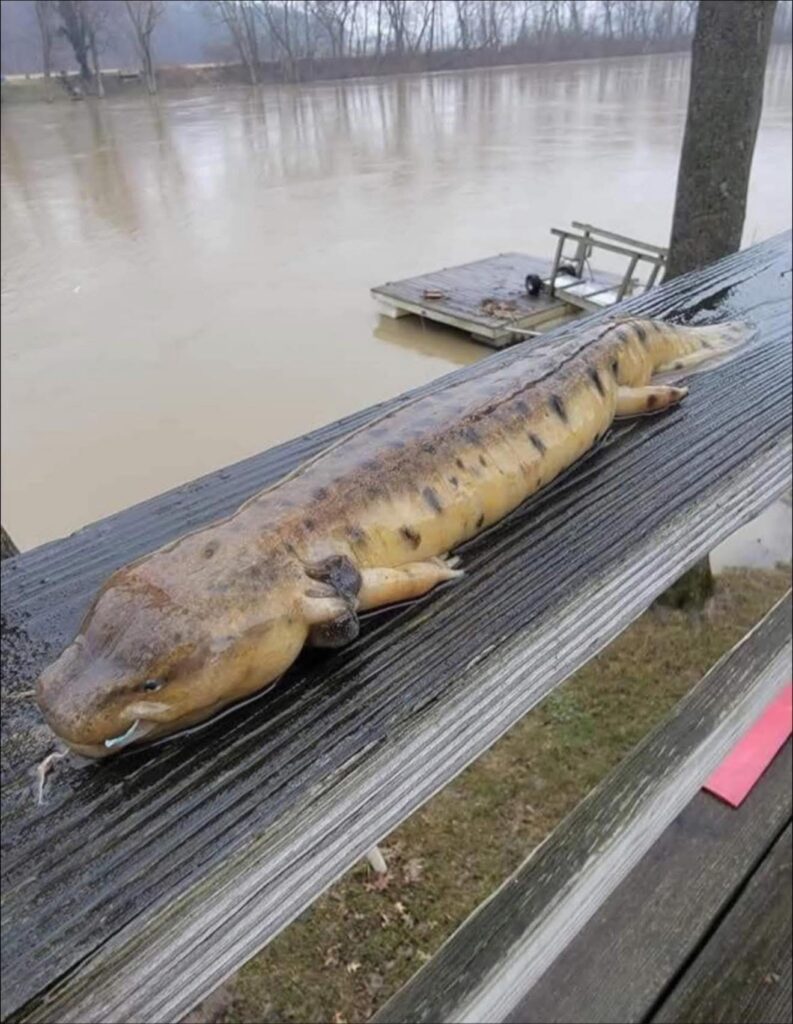OHIO’S HIDDEN MONSTER: This Alien-Looking Creature Lurks in Our Waters – And Its Love Life Will SH0CK You!
OHIO – Imagine a creature straight out of a sci-fi movie, lurking silently in the murky depths of Ohio’s rivers and lakes. It has a flat, eerie head, tiny eyes, and bizarre, bushy red gills that never disappear. You rarely see it, but if you did, it would make quite an impression. This isn’t a mythical beast; it’s the Mudpuppy, and its life cycle is so strange, it’ll make your jaw drop!
For years, this aquatic salamander has been a secret of our waterways, a nocturnal enigma that few ever encounter. But beneath its intimidating, almost alien appearance lies a fascinating story of survival, unique adaptations, and a reproductive cycle so bizarre, it defies everything you thought you knew about nature. Get ready to have your mind blown by Ohio’s most mysterious aquatic resident!
MEET THE MUDPUPPY: OHIO’S HIDDEN WONDER! 🚨
The Mudpuppy (Necturus maculosus) is unlike almost any other amphibian you’ve ever heard of. Forget frogs and typical salamanders that shed their gills; this creature is a living, breathing aquatic anomaly!
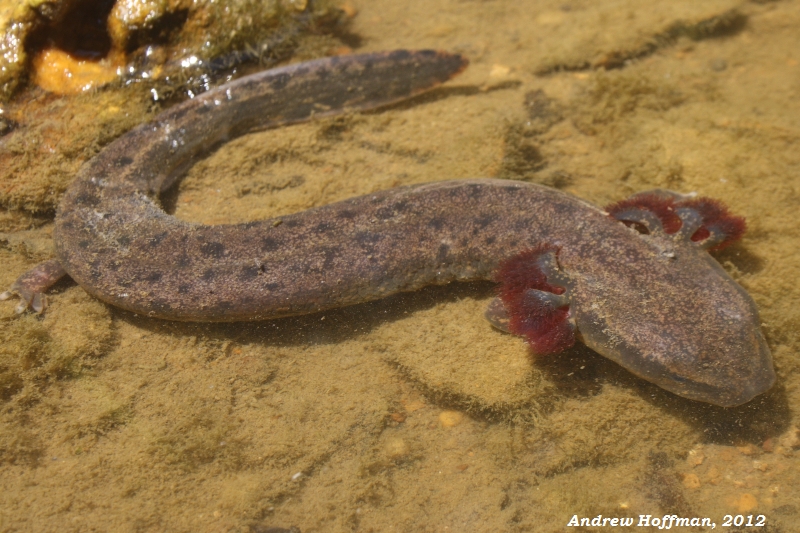
- The Gills That Never Grow Up: Its most striking feature? Those large, maroon-colored, bushy gills on either side of its neck. Most amphibians lose their gills as they mature, but the Mudpuppy keeps them for its entire life, allowing it to breathe underwater permanently. It’s like a real-life Peter Pan of the amphibian world!
- A Face Only a Mother Could Love (or a Scientist!): With a broad, flat head, a square nose, and very small eyes, the Mudpuppy definitely has a unique look. But don’t let its appearance fool you – despite resembling something from a horror film, Mudpuppies are completely harmless to humans.
- The Master of Disguise: Growing between 20 and 33 cm (8 to 13 inches) long, these creatures prefer deep, muddy waters in large rivers, streams, and ponds. They are strictly nocturnal, making them incredibly elusive. You could live by a river for years and never know one was beneath the surface!
THE LOVE LIFE OF A MUDPUPPY: A BIZARRE REPRODUCTION CYCLE! 🤯
This is where the Mudpuppy truly earns its viral potential. Its breeding cycle is so unusual, it’s straight out of a nature documentary you wouldn’t believe!
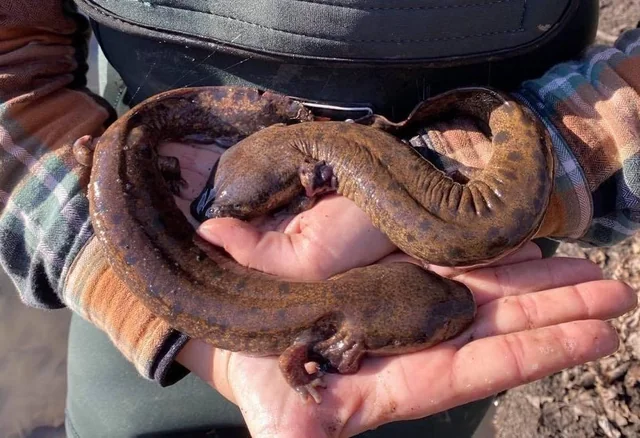
- Fall Romance, Spring Babies: While most creatures mate and lay eggs in one go, Mudpuppies have a peculiar, drawn-out courtship. Breeding season is typically in the fall, but the female won’t lay eggs until the spring!
- The Sperm Storage Secret: During courtship, the male deposits a small plug of sperm (a spermatophore) on the riverbed. The female then picks it up and stores it inside her body in a specialized organ. She’ll hold onto this sperm for months – all through the winter – until conditions are just right in the spring!
- Mom Boss, Dad Out! When spring arrives, the female fertilizes her eggs internally using the stored sperm. She then finds a secluded spot, often under a rock or log, and kicks the male out of the nest! She’s a single mom, fiercely protective of her future offspring.
- Upside-Down Egg Laying: She then lays her eggs, typically between 20 and 200, by hanging them from the ceiling of her chosen nest site, like tiny, translucent grapes!
- The Ultimate Guard Mom: The female will stay with her eggs, guarding them diligently, until they finally hatch. This dedication ensures the survival of her young.
A Slow Start, A Long Life: The Mudpuppy’s Journey
When they hatch, Mudpuppies are tiny, less than an inch long. They take their sweet time growing up, reaching sexual maturity at a surprising six years of age! And once they’re grown, they can live for around twenty years, a testament to their resilience and hidden life.
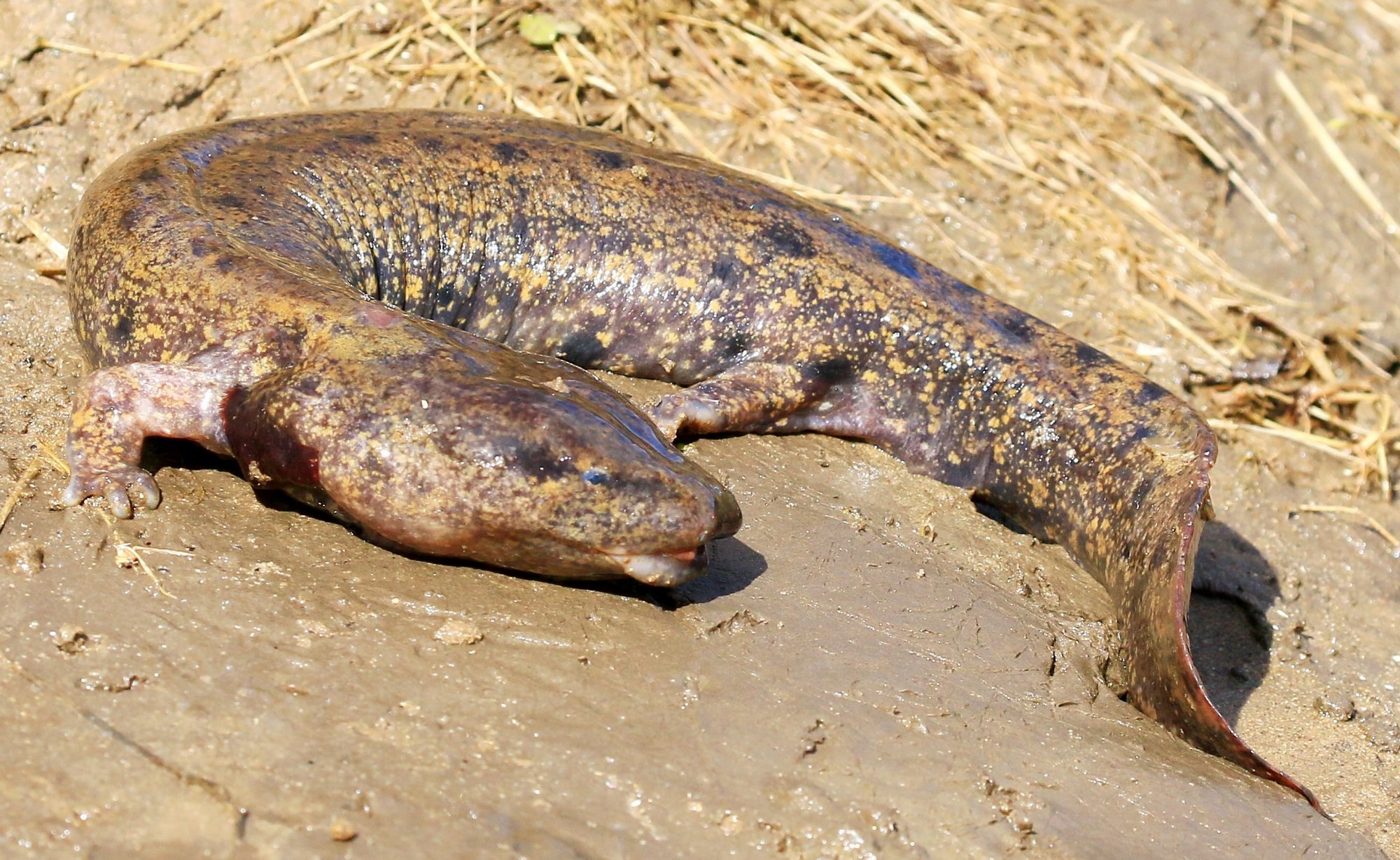
Protecting Our Hidden Gems: What You Can Do!
While Mudpuppies aren’t currently considered endangered in Ohio, they face threats from human activity:
- Habitat Loss: River channelization, dams, shoreline development, and dredging can destroy their preferred deep, muddy habitats and bury the rocks and logs they need for shelter and nesting.
- Water Quality: Pollution and siltation (excess sediment) degrade the water quality they rely on.
- Lampricide Use: Certain chemicals used to control invasive lamprey populations can also harm Mudpuppies.
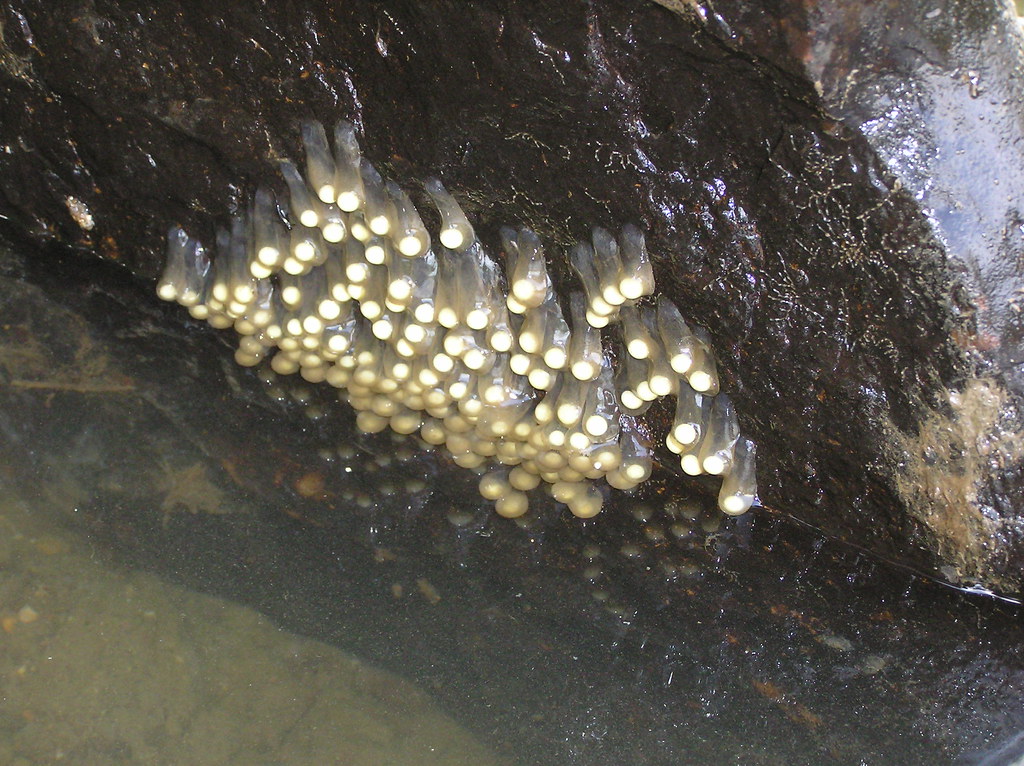
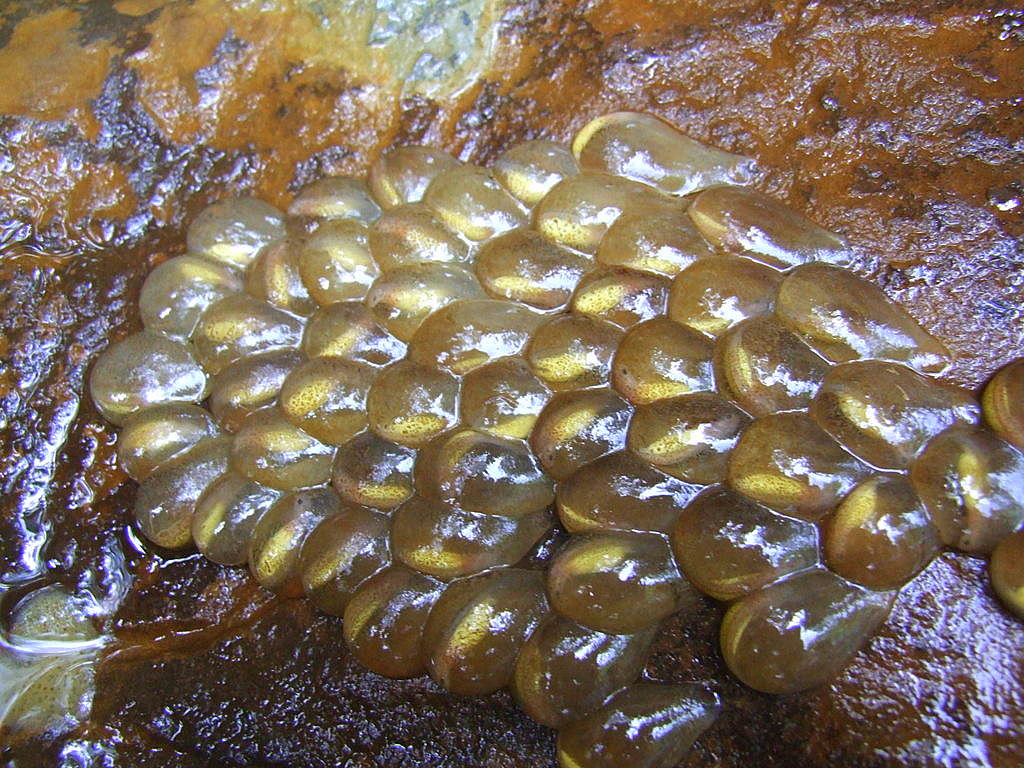
The key takeaway? These fascinating, harmless creatures are a vital part of Ohio’s aquatic ecosystem. By protecting our waterways, reducing pollution, and supporting responsible development, we can ensure the Mudpuppy continues its silent, extraordinary life for generations to come.
Don’t let this incredible creature remain a secret! Share this shocking and fascinating story to spread awareness about Ohio’s hidden Mudpuppy and the wonders of our natural world! 👇
#Mudpuppy #OhioWildlife #HiddenCreatures #BizarreAnimals #NatureFacts #Amphibian #AquaticLife #Conservation #WildlifeFacts #StrangeButTrue #ViralAnimals
Beta feature

